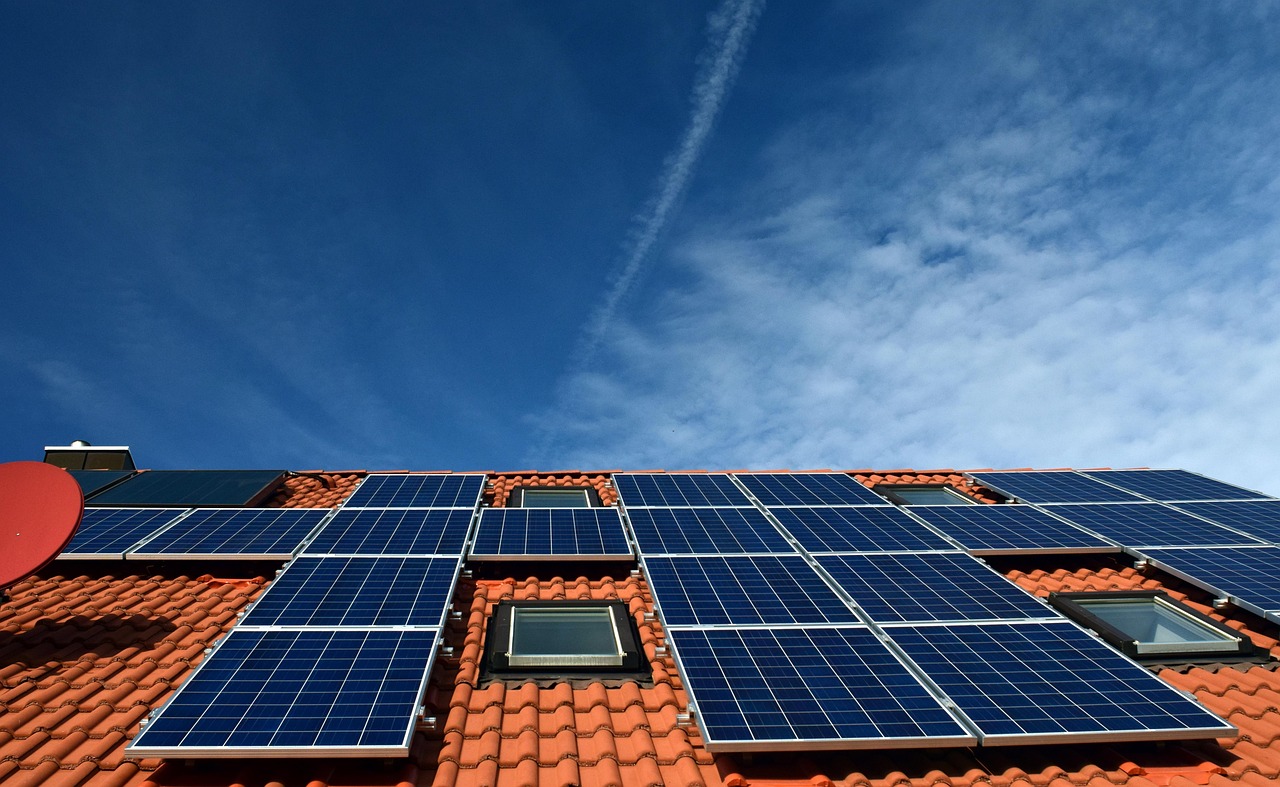Solar powered glass is an innovative material that integrates photovoltaic technology directly into glass surfaces, enabling them to generate electricity from sunlight without obstructing natural light. This technology transforms ordinary windows into discreet power generators, merging functionality with energy efficiency in buildings.
By applying transparent or lightly tinted solar coatings, modern windows can produce sustainable energy while maintaining their aesthetic and practical roles. This approach offers significant advantages over traditional rooftop solar panels, as it uses extensive glass surfaces on buildings to harness solar power.
Advancements include self-healing and liquid crystal coatings, which improve durability and efficiency while retaining transparency. These developments make solar powered glass a promising solution for reducing energy costs and environmental impact in urban environments.
How Solar Powered Glass Works
Solar powered glass combines the functions of traditional glass with the ability to generate electricity. It integrates solar cells within transparent materials, allowing buildings to convert sunlight into power without compromising design or natural light.
Photovoltaic Technology Integration
Solar powered glass uses photovoltaic (PV) technology by embedding solar cells directly into the glass structure. These cells are typically made from silicon, which is effective at absorbing sunlight and converting it into electrical energy.
The solar cells can be fully or partially transparent, enabling light transmission while still producing power. This integration allows windows, facades, and skylights to serve as electricity generators without altering the building’s appearance.
The solar cells are connected in a circuit that channels the generated electricity for immediate use or storage. The technology relies on established photovoltaic principles but adapts them for architectural applications.
Types of Solar Glass
There are several types of solar glass, categorized mainly by transparency and application. Transparent or semi-transparent photovoltaic glass allows visible light through while generating electricity, making it ideal for windows and facades.
Opaque solar glass usually has higher efficiency but blocks light transmission. It is often used in building surfaces like roofs or exterior panels where natural light is less critical.
Some solar glass products incorporate thin-film solar cells, whereas others use crystalline silicon. The choice depends on efficiency requirements, aesthetic preferences, and installation needs.
This versatility supports diverse architectural demands, from residential homes to large commercial buildings.
Energy Conversion and Storage
When sunlight hits solar powered glass, its embedded solar cells absorb photons and convert them to electrical current. This process involves the photovoltaic effect, where solar energy excites electrons to produce direct current (DC).
The generated electricity can be fed directly into a building’s electrical system or routed to energy storage devices like batteries. Storage enables the use of solar power even when sunlight is unavailable.
Most systems include power inverters to change DC to alternating current (AC), compatible with standard electrical grids and appliances. Efficient energy conversion and management are critical for maximizing the benefits of solar powered glass.
Applications and Advantages
Solar powered glass serves a dual purpose: it generates electricity while maintaining transparency or translucency. Its use spans multiple sectors where energy generation and design needs intersect. The technology adapts well to various settings, combining functionality with sustainability.
Building-Integrated Photovoltaics
Solar glass is commonly integrated into building structures such as windows, facades, roofs, and skylights. This building-integrated photovoltaic (BIPV) approach allows buildings to generate electricity on-site without compromising aesthetics.
It contributes to energy savings by converting sunlight directly into usable power, reducing reliance on external energy sources. Additionally, it offers benefits like UV protection, insulation, and enhanced durability. Architects and developers increasingly adopt solar glass to meet energy codes and sustainability targets while maintaining design flexibility.
Automotive and Transportation Uses
Solar glass also finds practical application in the automotive and transportation sectors. It can be incorporated into vehicle windows, sunroofs, and canopies, providing auxiliary power for onboard systems or accessories.
This approach helps reduce the load on traditional engines or batteries, improving fuel efficiency or extending electric vehicle range. Beyond cars, solar glass suits structures like bus stops and shade sails, supplying off-grid power in remote or urban settings without installing bulky panels.
Environmental Impact
Using solar powered glass aids in reducing carbon emissions by generating clean electricity from sunlight. It supports renewable energy goals and contributes to lowering a building’s or vehicle’s carbon footprint.
The material’s long lifespan and durability minimize waste compared to conventional panels. Moreover, by integrating into existing structures, it reduces land use and the environmental disturbance often associated with large solar farms. This technology promotes energy efficiency while aligning with sustainable design practices.
